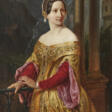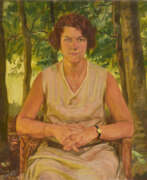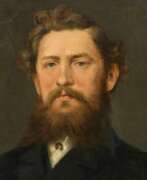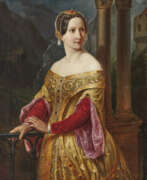Munich School
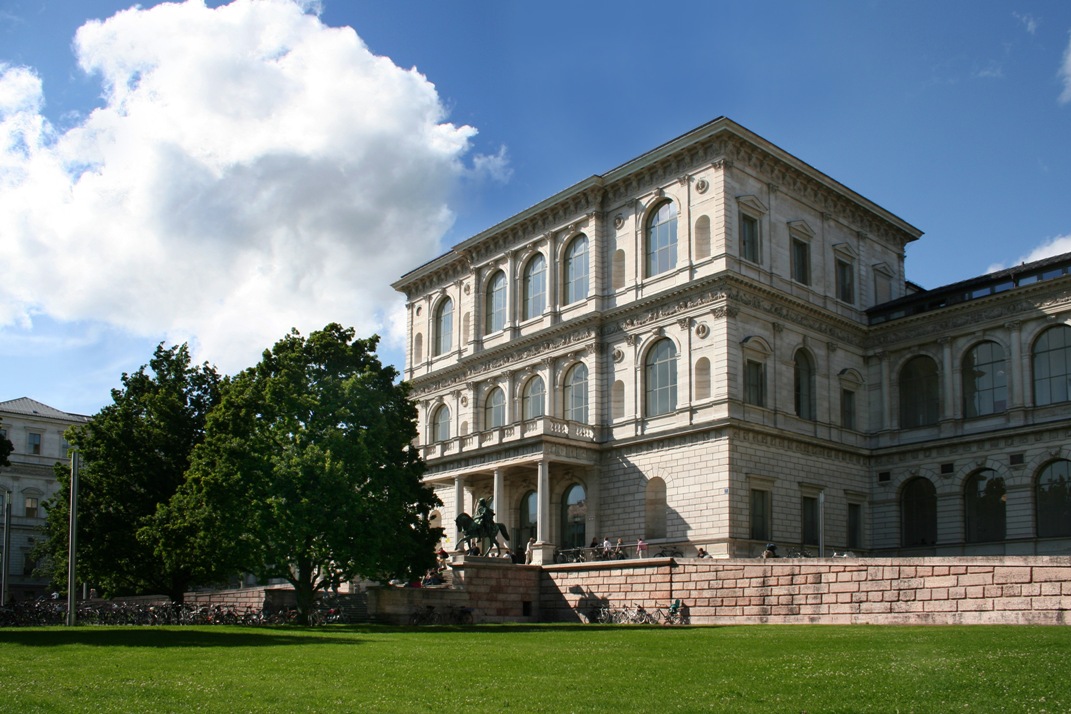
Munich School
The Munich School, a significant artistic movement, emerged from the mid-19th to the early 20th century, primarily associated with the Royal Academy of Fine Arts in Munich, Bavaria. This school played a pivotal role in shaping the European art landscape during this period.
Characterized by a distinctive naturalistic style and the use of dark chiaroscuro, the Munich School marked a shift from the Romantic and fresco-focused styles of earlier Munich art. This movement was strongly influenced by Karl von Piloty, a professor at the Munich Academy who later became its director in 1874. Piloty's approach to history painting, influenced by French academician Paul Delaroche and the colorism of Rubens and the Venetians, laid the groundwork for the school's unique style.
The Munich School boasted a roster of notable artists including Anton Braith, Alfred Kowalski, Hans Makart, and Franz von Lenbach. These artists, along with others, explored a range of subjects such as landscapes, portraits, genre scenes, still lifes, and history painting. Their work reflects the school's emphasis on naturalism and detailed representation.
This movement's influence extended beyond Germany, notably impacting Greek academic art in the 19th century. Many Greek artists trained in Munich, contributing to the significant artistic exchange between Bavaria and Greece during this era.
The Munich School's legacy is seen in the works of the last generation of its students, which included prominent figures of the German avant-garde such as Lovis Corinth, Ernst Oppler, Vassily Kandinsky, Paul Klee, and Franz Marc. Their evolution into more avant-garde styles illustrates the dynamic and transformative nature of the Munich School.
For collectors and experts in art and antiques, the Munich School offers a rich and varied exploration of a critical period in art history. Its impact on European art continues to be appreciated and studied, making it a valuable area of interest for those passionate about art and culture.
To stay updated on insights, sales, and auction events related to the Munich School, signing up for newsletters can be a valuable resource, connecting you to the ongoing legacy of this influential artistic movement.
| Country: | Germany, Kingdom of Bavaria |
|---|---|
| Start of the period: | XIX century |
| End of the period: | XX century |
